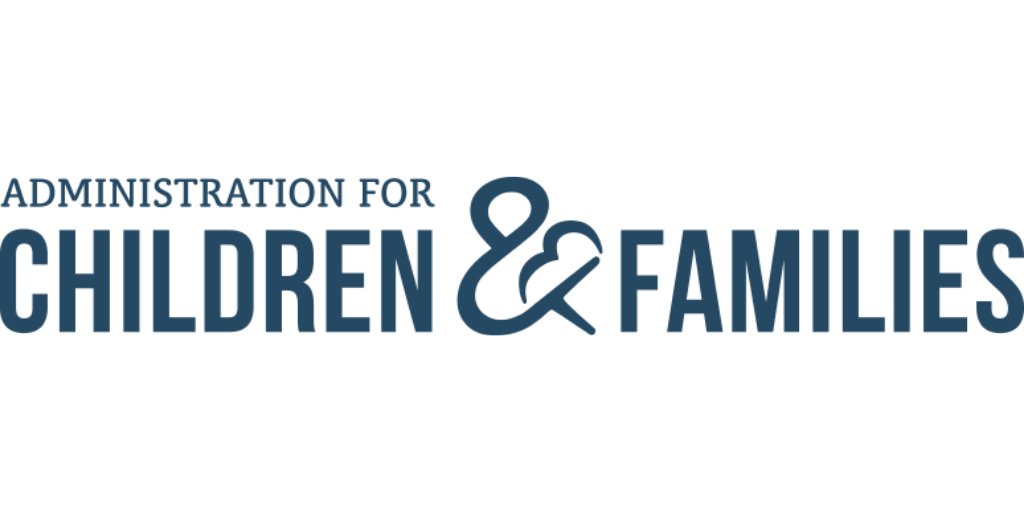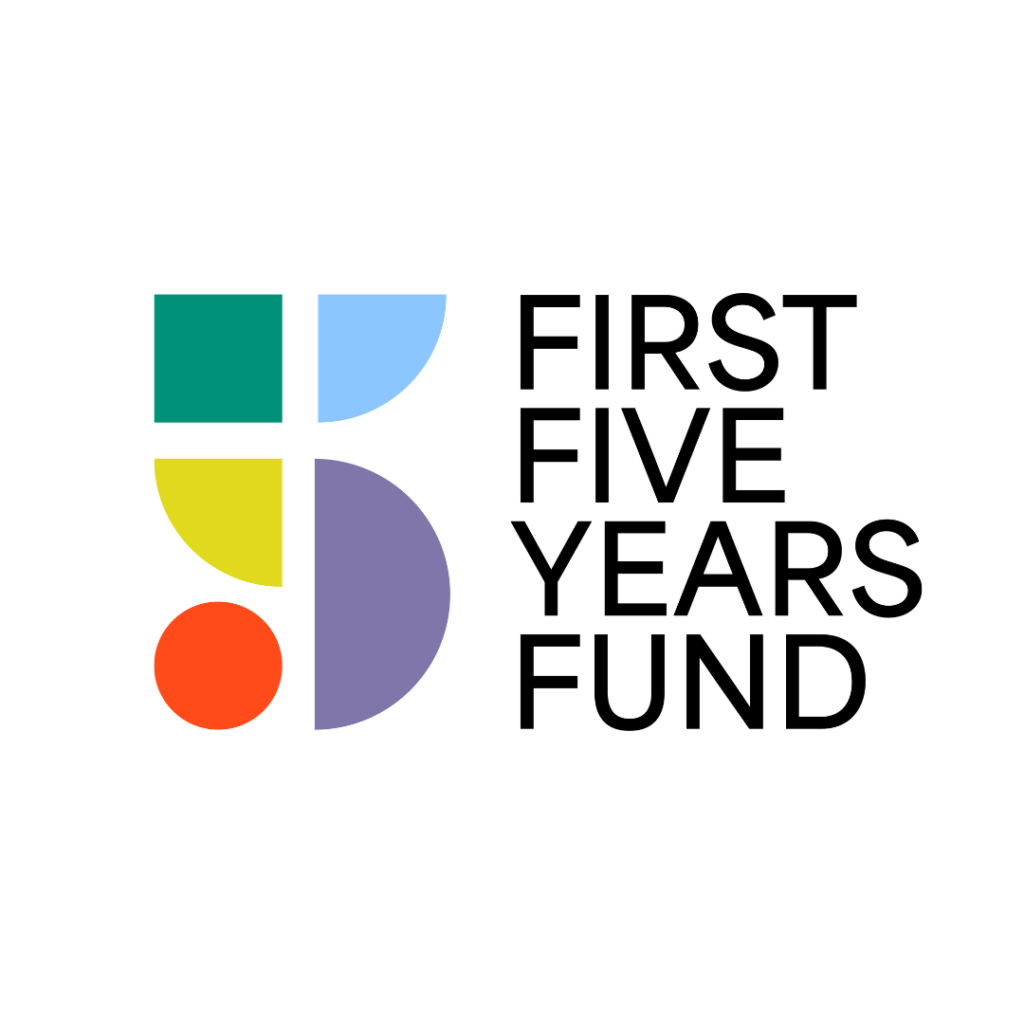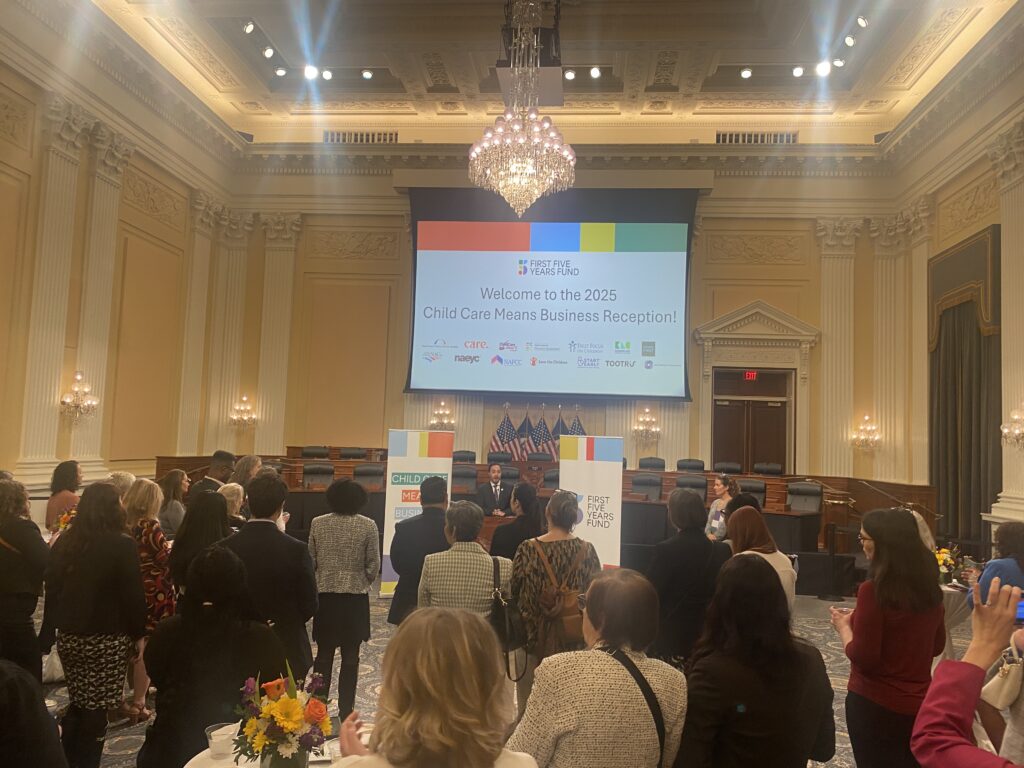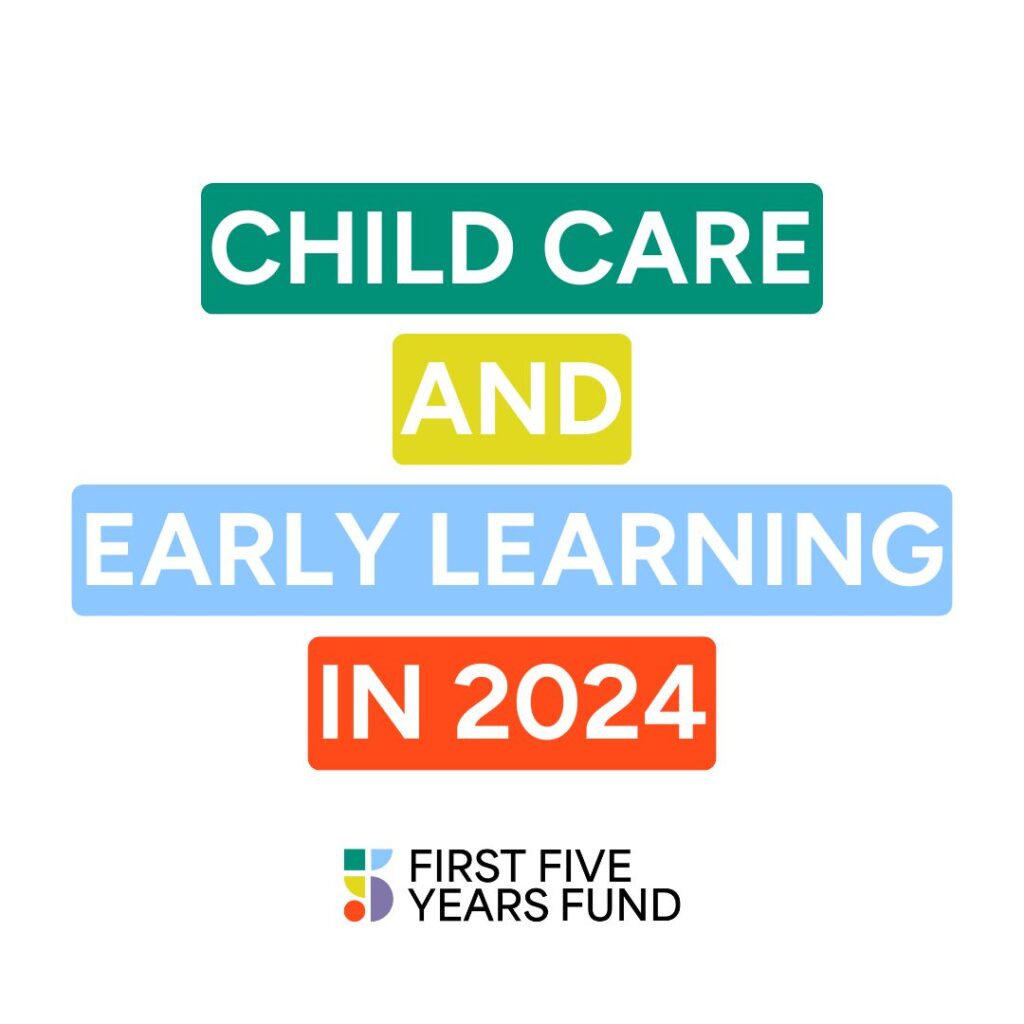ACF Encourages States to Utilize Federal Funds to Support the ECE Workforce

Since the Administration for Children and Families (ACF) issued a Dear Colleague guidance letter last fall urging states, communities, and local programs to use relief funds to address the early childhood workforce shortage, many have made significant investments to increase compensation and provide other supports. However, further urgent action is needed as the early care and education (ECE) sector continues to struggle with widespread workforce shortages that have been exacerbated by COVID-19.
Given the critical nature of this workforce shortage, in a new notice, ACF encouraged states and grant recipients to continue to utilize federal resources to invest in strategies to recruit and retain a strong ECE workforce. As part of this work, ACF has released examples of recent state, territory, tribal, and local program efforts. From increasing wages, benefits, and incentives, to strengthening career pathways and professional development, to promoting staff health, wellness, and other staff supports, these examples demonstrate bold and innovative workforce strategies. Visit ACF’s workforce strategy webpage to learn more.
Read on for some examples of workforce supports made possible through Preschool Development Grants Birth to Five (PDG B-5), Head Start, Child Care and Development Block Grant (CCDBG), Tribal Maternal, Infant, and Early Childhood Home Visiting (MIECHV), and American Rescue Plan and other COVID-19 relief funding.
PDG B-5
States are investing in the ECE workforce across the mixed delivery system by:
- Conducting wage studies and developing salary scales,
- Providing retention bonuses,
- Establishing career pathways, and
- Improving systems of professional development and ongoing training.
PDG B-5 grantees whose renewal grant third year budget periods end December 30, 2022 and who are interested in pursuing workforce recruitment, retention, and compensation activities that are not part of an approved scope of work, are strongly encouraged to submit a request for approval for a change in scope by September 30, 2022.
Head Start
Last month, the Office of Head Start released guidance encouraging Head Start programs to provide competitive bonuses for the Head Start workforce using American Rescue Plan (ARP) funds, base grant operations funds, and other COVID-19 relief funding. Head Start Programs are investing in staff by:
- Providing retention and hiring bonuses,
- Increasing staff wellness and mental health supports,
- Offering professional development opportunities, and
- Expanding fringe benefits, sick leave, and health supports
Tribal MIECHV
Tribal Home Visiting programs are investing in staff by:
- Increasing salaries and benefits with cost-of-living adjustments,
- Supporting professional development and training activities, and
- Ensuring the well-being of the workforce through mental and behavioral health supports.
CCDBG
States are using CCDBG funds to help recruit and retain the ECE workforce including by:
- Increasing pay,
- Improving subsidy payments,
- Partnering with higher education to provide pathways to degrees and credentials,
- Expanding apprenticeship models, and
- Supporting staff well-being.
ARPA
States are using Child Care Stabilization Grant funds to increase pay and other supports for staff, as well as provide critical resources that have allowed child care providers to reopen and remain open.
Subscribe to FFYF First Look
Every morning, FFYF reports on the latest child care & early learning news from across the country. Subscribe and take 5 minutes to know what's happening in early childhood education.



